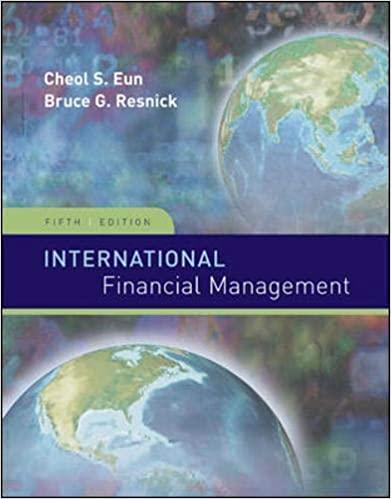Question
1) If an investor buys a bond and holds it until maturity, which is least likely to contribute to their return? A) principal payment B)
1) If an investor buys a bond and holds it until maturity, which is least likely to contribute to their return?
A) principal payment
B) Capital gain
C) Reinvestment of the coupon payment
2) If the investor buys a bond and holds it until maturity which of the following sources of return is most likely exposed to interest rate risk?
A) Reinvestment of coupon payments
B) Capital gain or loss
C) Redemption of principal
3) which of the following statement's about modified duration is false?
A) Modified duration provides a linear estimate of the percentage price change for a bond given a change in its YTM.
B) Modified duration cannot be larger than Macaulay Duration (assuming a positive ytm)
C) Modified duration is the best duration measure for a complex bond, such as a bond with an embedded option.
4) A bond with 7 years to maturity offers a 5% coupon rate with annual coupons. The bond, with a yield-to-maturity of 4% is priced at 106$ per 100$ of par value. The estimated price value of a basis point for the bond is closest to:
A) 0.0648
B) 0.0086
C) 0.062
Step by Step Solution
There are 3 Steps involved in it
Step: 1

Get Instant Access to Expert-Tailored Solutions
See step-by-step solutions with expert insights and AI powered tools for academic success
Step: 2

Step: 3

Ace Your Homework with AI
Get the answers you need in no time with our AI-driven, step-by-step assistance
Get Started


